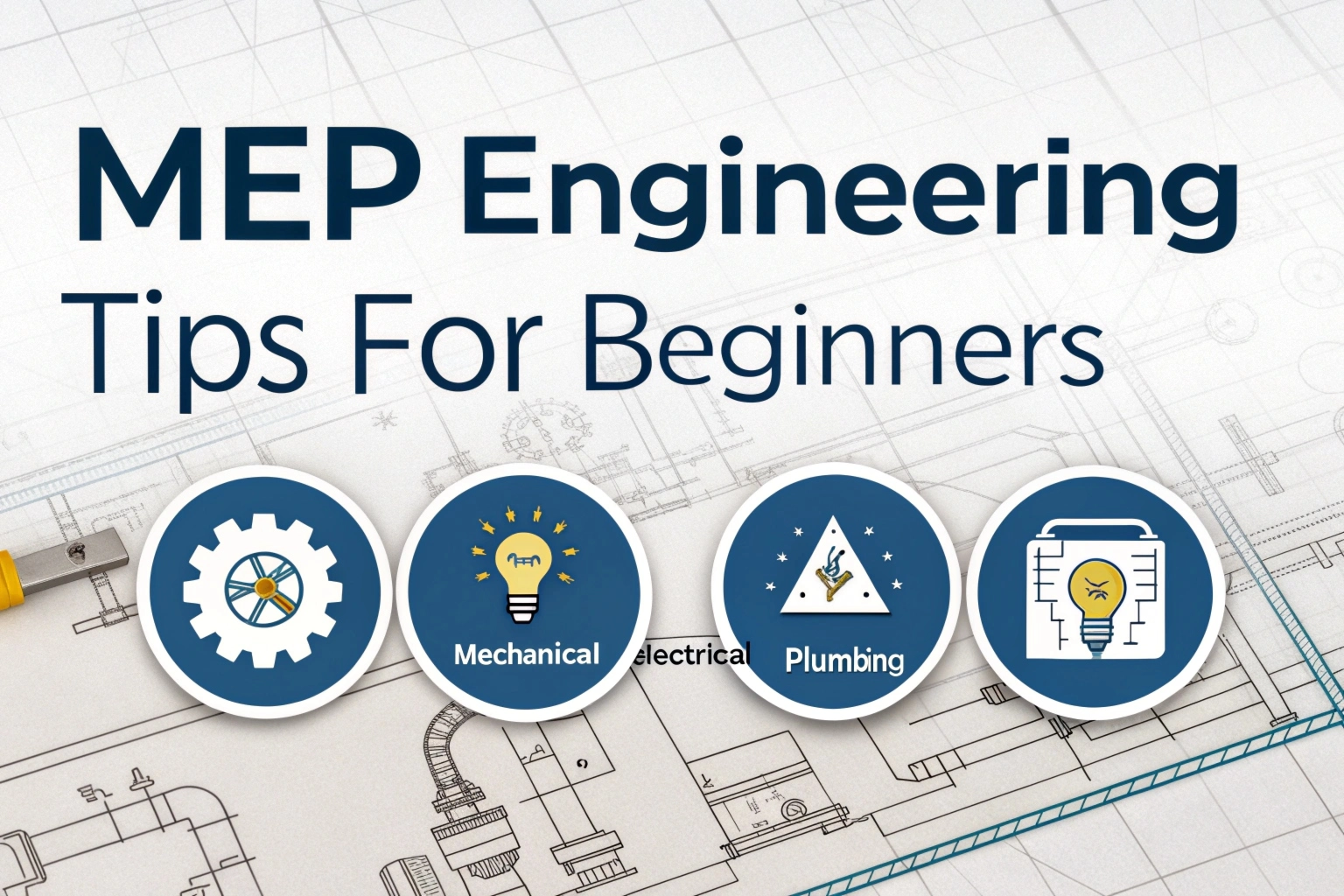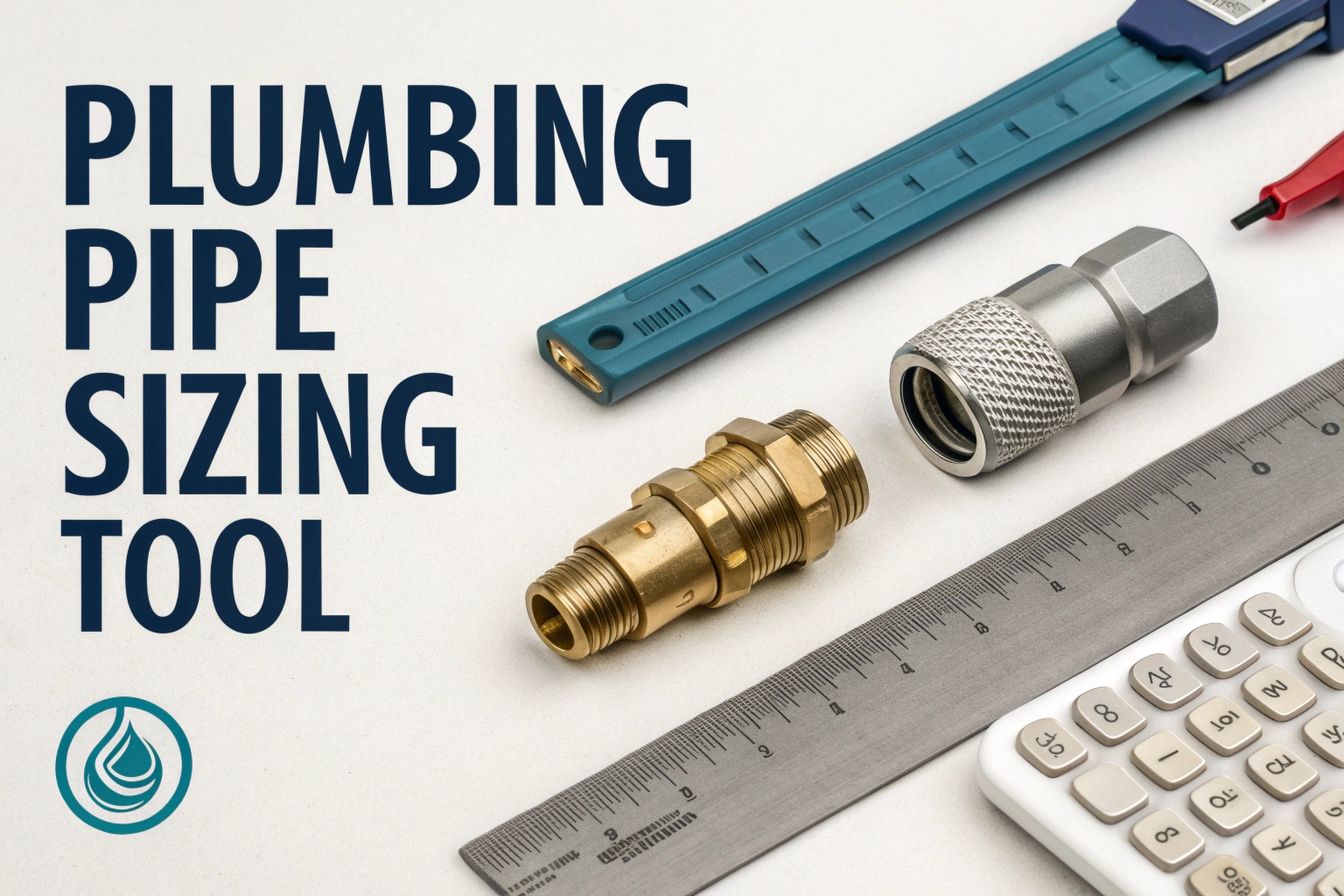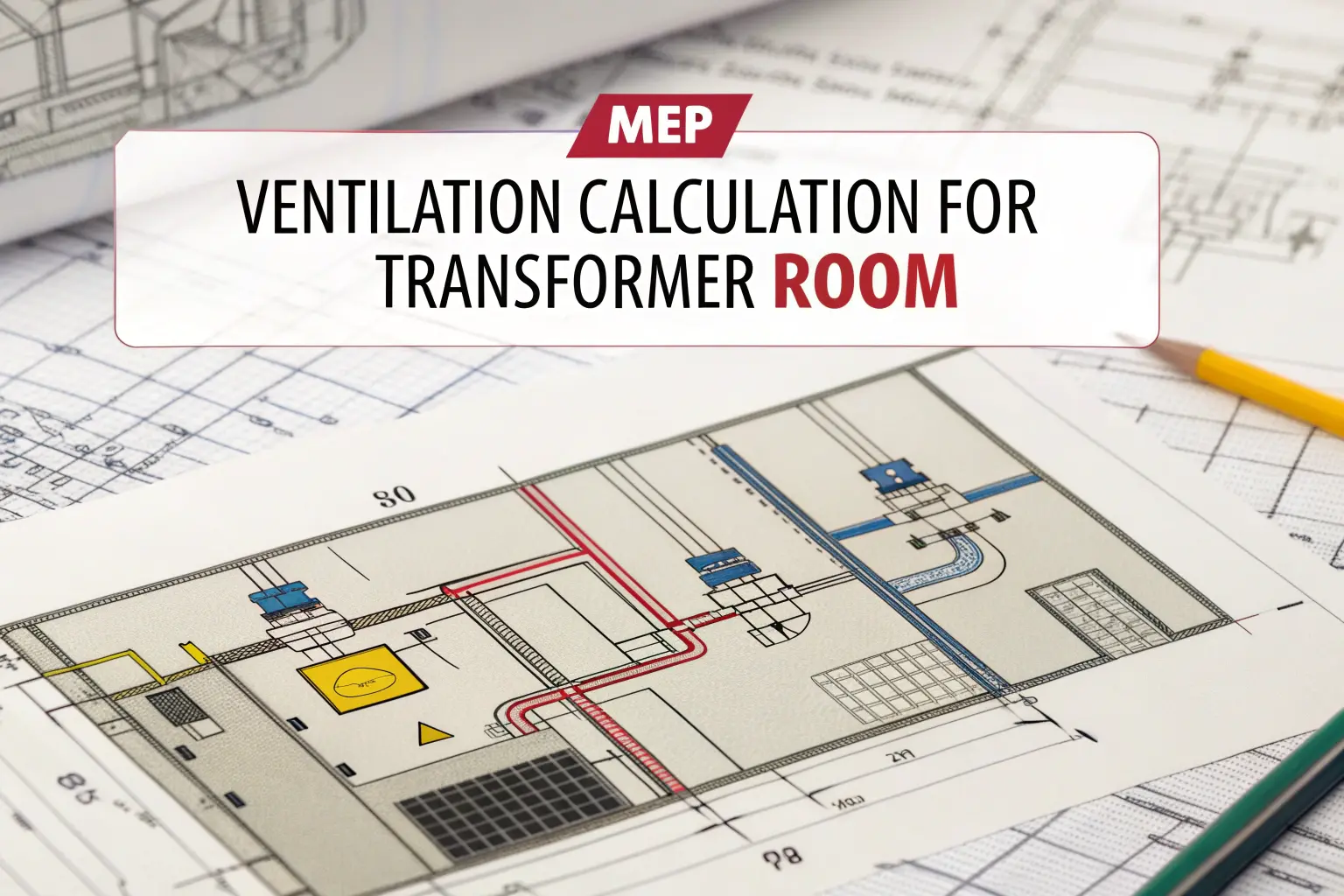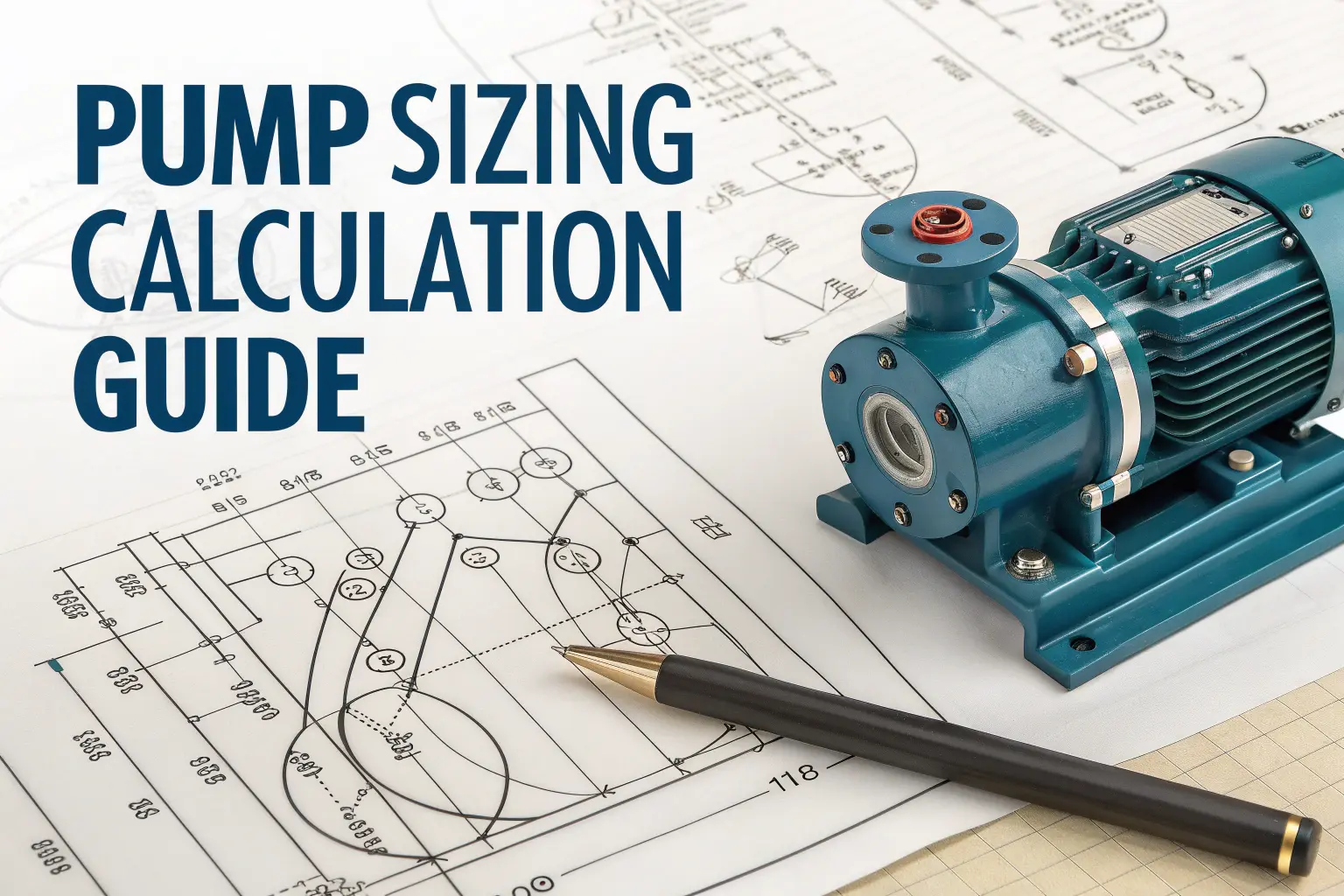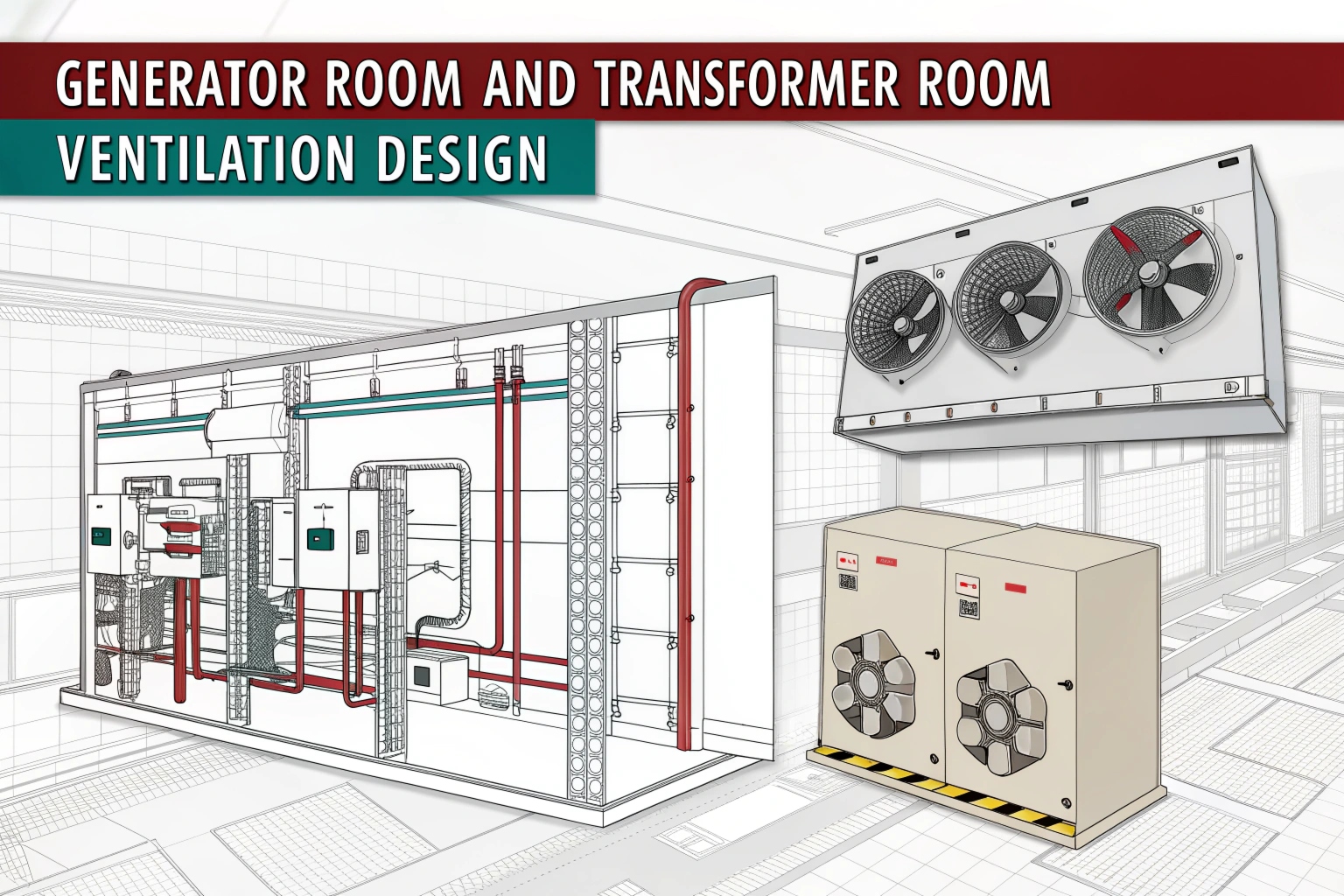Introduction
Many solar panel installers forget to consider one essential factor, which is shadows. A single bit of shade can decrease your energy generation. Solar shadow analysis, together with appropriate tools, stands as a vital requirement at this point.
Before solar performance suffers from shadow-based issues, your tools help you locate and remedy such problems. Every solar owner and installer needs to understand shadows as a method for getting the most out of their solar energy systems.
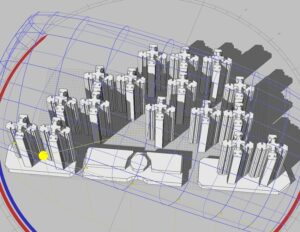
What Is Solar Shadow Analysis and Why It Matters
Solar shadow analysis, along with corresponding tools, enables research on how shade affects solar panel installation areas. The light-blocking shadows created by buildings, trees, and chimneys block possible sunlight paths.
Your solar panel placement choice becomes simpler after understanding where shadows will occur based on daytime and yearly changes. A simple assessment of shadows leads to better power generation efficiency and eliminates ongoing power outages.
Types of Shadows That Affect Solar Panels
Two different shadow categories exist: static and dynamic. Objects that do not move produce static shadows, while dynamic shadows come from objects that are changing in their position. The shadows from trees and adjacent structures fall into the category of dynamic shadows since these objects tend to change their positions through time.
Using solar shadow analysis and tools enables easy identification of both static and dynamic shadows for planning purposes. The understanding of shadow patterns allows you to select a secure installation area that receives the most sun.

Popular Tools Used for Shadow Analysis
The market offers multiple solar shadow analysis software solutions designed to simplify your work procedures. Several tools, including Solar Pathfinder as well as Solmetric SunEye and PVsyst, remain standard equipment within solar industries.
These tools deliver current information about sunlight exposure and shading patterns with seasonal change information. Basic shadow analysis functions exist within mobile applications that non-professionals can use for self-diagnosis. The tools enable you to position panels in the best sunlight spots.
Benefits of Using Shadow Analysis Tools
The implementation of solar shade analysis and tools brings various beneficial advantages. The system functions to avoid substandard solar energy output. The strategy reduces costs through the prevention of upcoming system maintenance requirements. Your system will produce its maximum possible energy output because of this approach.
Tools used for solar panel installations enable users to see with clarity, which allows them to produce optimal outcomes whether the panels are situated on building roofs or open fields.
When and How to Perform a Shadow Analysis
The optimal period to perform a shadow analysis exists preceding solar panel setup. An area-scanning tool should help you document sun path patterns at various daily and annual times.
The tool enables you to select the optimal spot and orientation. Shadow’s analysis tools help you solve current power problems even when you already experience power loss by helping to improve panel positioning for maximum efficiency.

Conclusion
When installing solar panels, one should avoid neglecting shadow areas because it leads to increased costs. Utilizing proper solar shadow analysis tools will allow users to develop effective plans that result in greater savings during the extended period. The implementation of solar projects needs shadow analysis no matter what.
FAQs
- What is solar shadow analysis?
Understanding shadow effects on solar panel operation combined with a strategic installation site selection composes the diagnostic measures. - Why are shadows bad for solar panels?
Solar panels become less efficient when shadows block direct sunlight from reaching the panels, thus diminishing energy production. - What are some common shadow analysis tools?
Three popular analysis tools available for solar assessment include Solar Pathfinder, Solmetric SunEye, and PVsyst. Basic analysis can be performed through mobile applications available in the market. - Can shadow analysis help with existing solar systems?
The tool enables shading analysis to explain current shading problems along with suggesting optimal trimming choices. - Is shadow analysis necessary for all solar installations?
Absolutely. All system sizes gain optimal energy outcomes through proper shadow analysis implementation.
Expand your knowledge today! Read our next blog post here!


